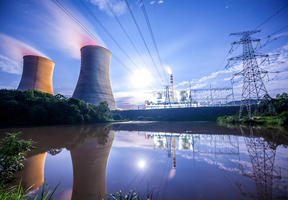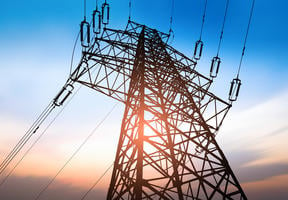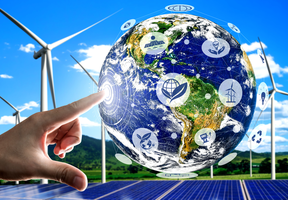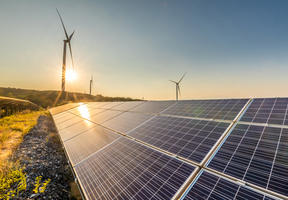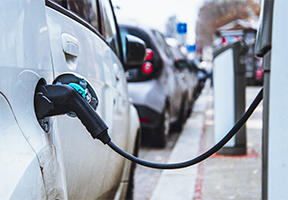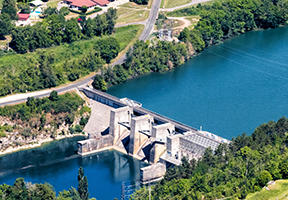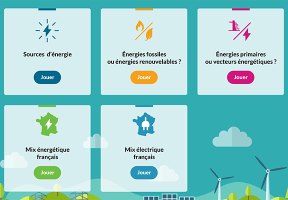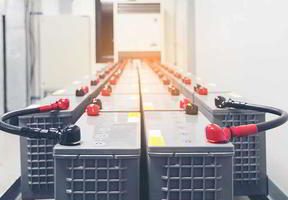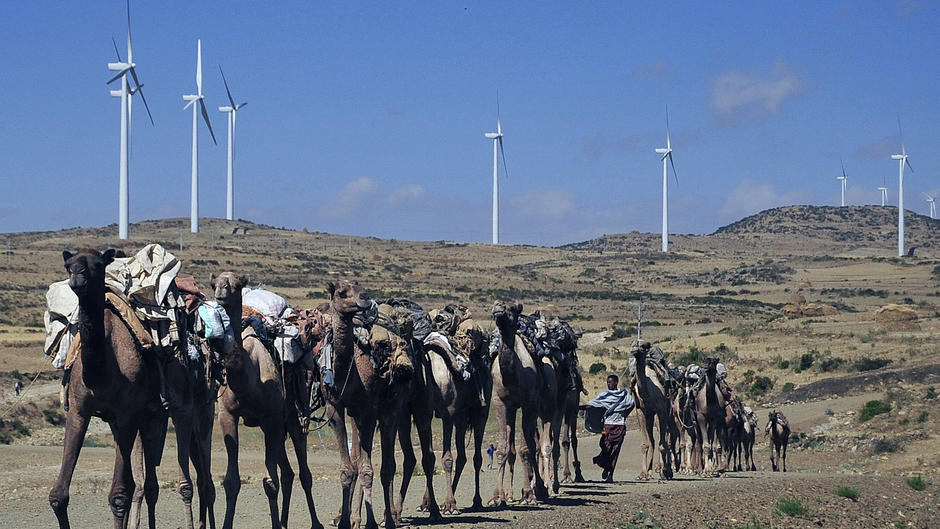
1. The Two Faces of Africa
Africa is the world's poorest continent. Provided that villages are equipped, large cities are sustainably managed, researchers are trained and everyone has access to energy, this continent has enormous potential to grow. In this photo, a line of camels walks past Ashegoda, one of Africa's biggest wind farms, located in the Tigray region of Ethiopia. This large, poor country is one of the most fervent supporters of .
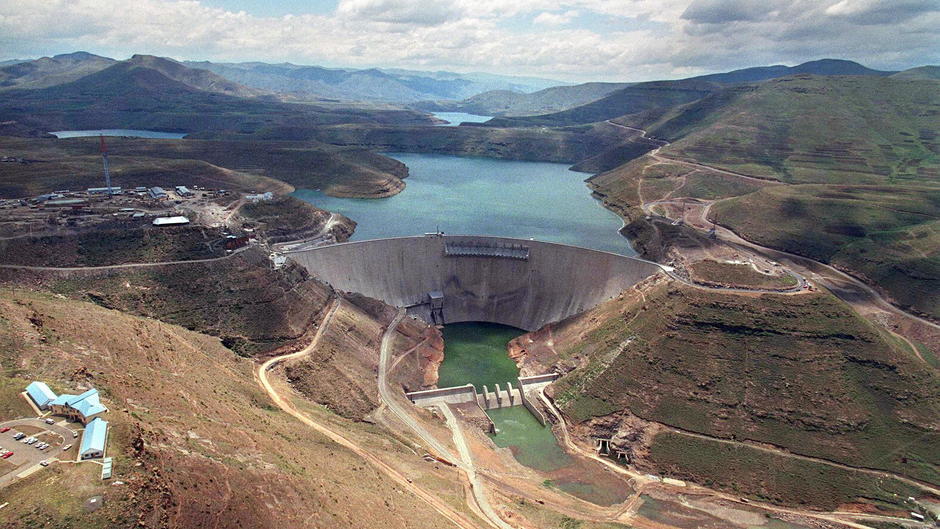
2. Africa's Major Dams
Africa's dams serve two main purposes: to distribute water and produce . The Katse Dam in Lesotho, pictured here, plays a key role in supplying water to its large neighbor, South Africa. The building of major dams requires successful negotiations between governments. The Grand Inga Dam on the Congo River in the Democratic Republic of Congo and the Grand Ethiopian Renaissance Dam on the Blue Nile in Ethiopia are examples of major projects that are currently being proposed or under construction.
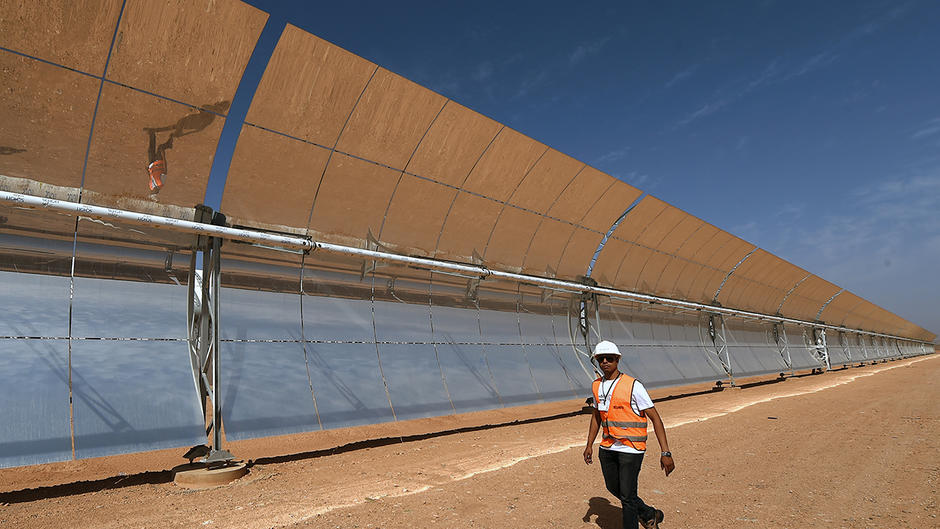
3. Morocco Betting on Concentrated Solar Power
An array of curved mirrors spread across 480 hectares focuses sunlight to produce and electricity at the Noor 1 plant in Ouarzazate (shown here). Morocco's 160-MW station is the seventh-largest concentrated solar power plant in the world. The five largest CSP units are located in the United States, followed by one in Spain. Other countries, such as South Africa, have launched far-reaching photovoltaic programs.
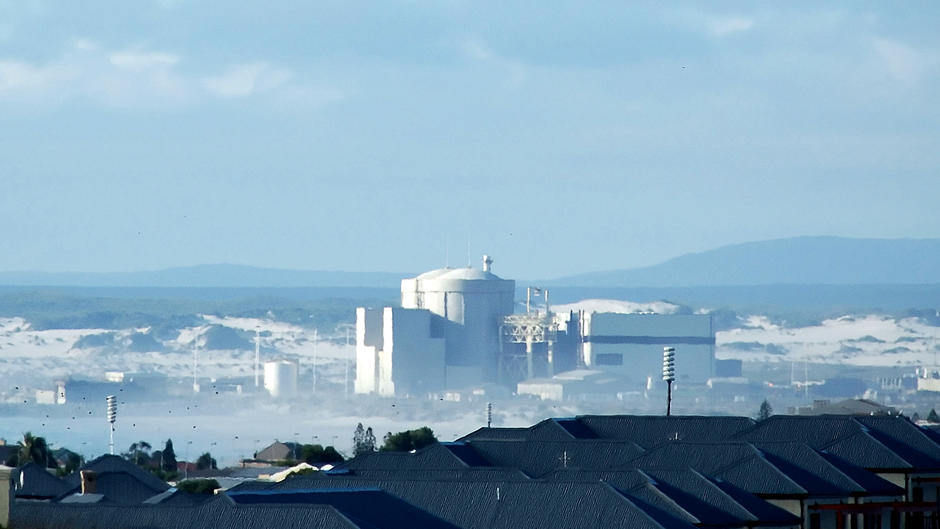
4. The Temptation of Nuclear
Several African countries (Egypt, Nigeria, Kenya and certain North African countries) are considering developing nuclear power, due to its attractiveness as a powerful source of energy. South Africa has already embarked on this path. Faced with chronic power shortages, the country is planning to build six to nine nuclear power stations by 2030. This would add nearly 10,000 MW of capacity to the 1,800 MW of power generated by the French-built Koeberg plant (shown here), the country's sole nuclear facility, located near Cape Town.

5. Coal in South Africa
Nuclear power would enable South Africa to reduce its dependency on which, while ensuring the growth of its industrial and mining sectors, produces pollution and CO² emissions. The country has considerable coal reserves but very few oil and gas resources. This photo shows women collecting free coal from the Masakhane mine in the coal-rich region of Witbank.
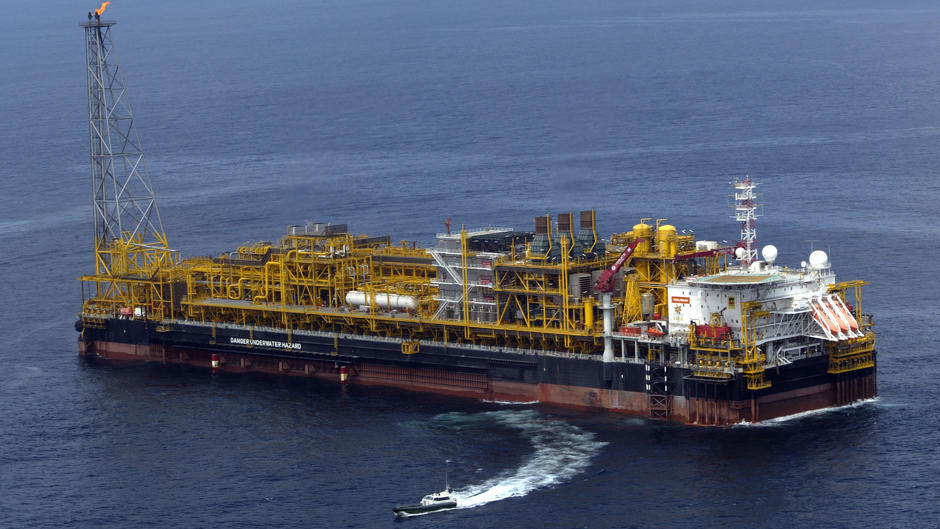
6. Development of Offshore Operations
Oil and gas projects are multiplying off the coast of Africa. Largely concentrated in the territorial waters of coastal states in the Gulf of Guinea, operations in recent years have sprung up along the coast of East Africa (Uganda, Kenya, Tanzania, Mozambique). Shown here, the Girassol platform operated by Total Angola can exploit deepwater fields at a depth of more than 1,300 meters.
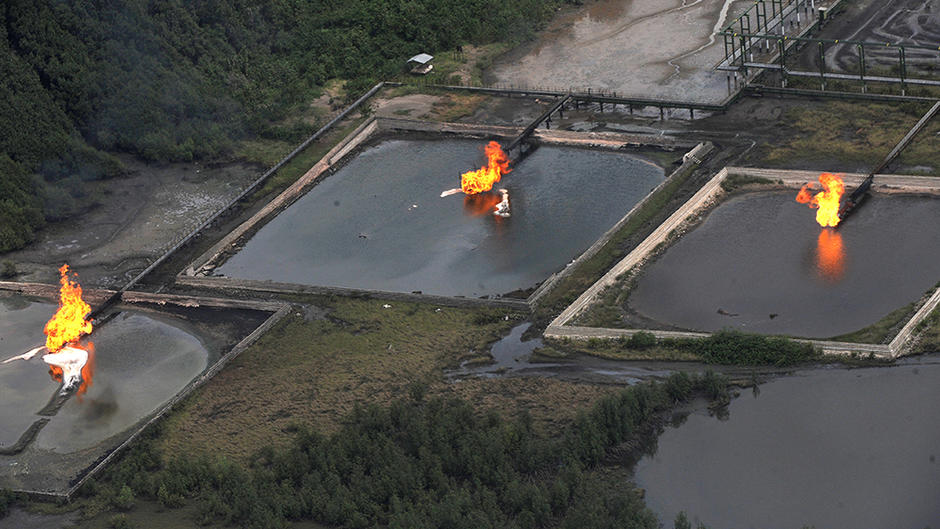
7. Environmental and Social Challenges
The extensive development of operations, particularly in the Niger Delta, has created a host of environmental, political and social challenges. Nembe Creek Trunk Line (NCTL), a large Nigerian pipeline, is regularly attacked by thieves or rebel groups. Pictured here, sabotaged sections of the pipeline in flames.
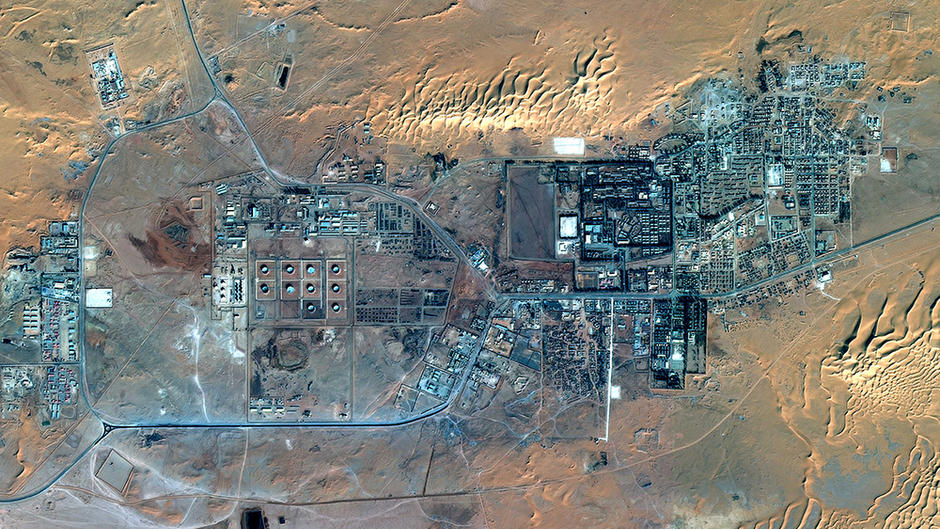
8. Major Facilities in the Sahara
Large-scale oil and gas projects in the Sahara Desert – particularly Algeria and Libya – employ hundreds of local and foreign workers and engineers. These sites sometimes pose security risks, like the Islamist attack on the In Amenas gas plant in Algeria in January 2013. This is a satellite image of the plant.
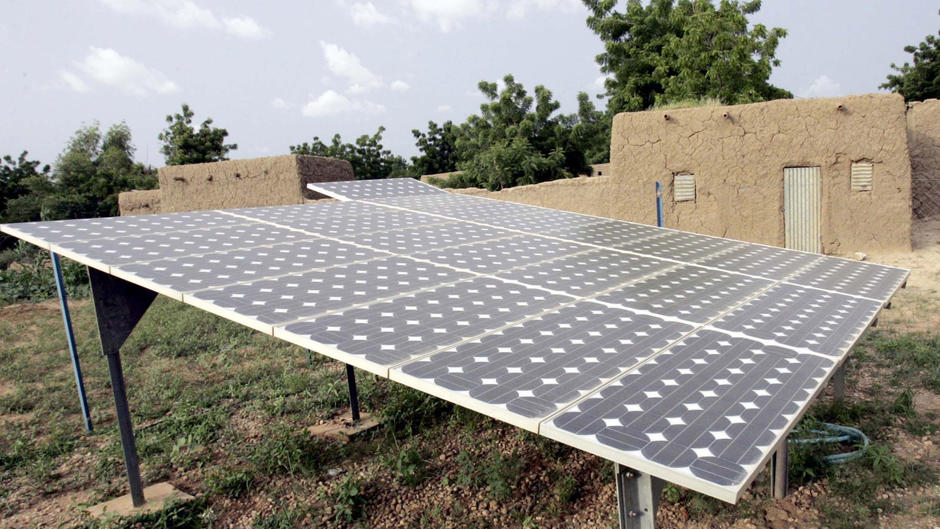
9. Local Access to Energy
Solar photovoltaic systems are well suited to local electricity generation, especially in rural areas. Here, a few solar panels pump water to a water tower in the village of Safo Nassarawa, near Maradi in Niger. Solar power helps reduce the use of in generating electricity.

10. Cell Phones – A New Need for Electricity
Light-weight systems that bring electricity to villages, such as solar lamps, typically offer cell phone charging capabilities. Mobile telephony has developed exponentially, even in the most secluded areas, playing an effective role in promoting social and economic development. Picture here, a vendor's stall at the Adjame market in Abidjan.
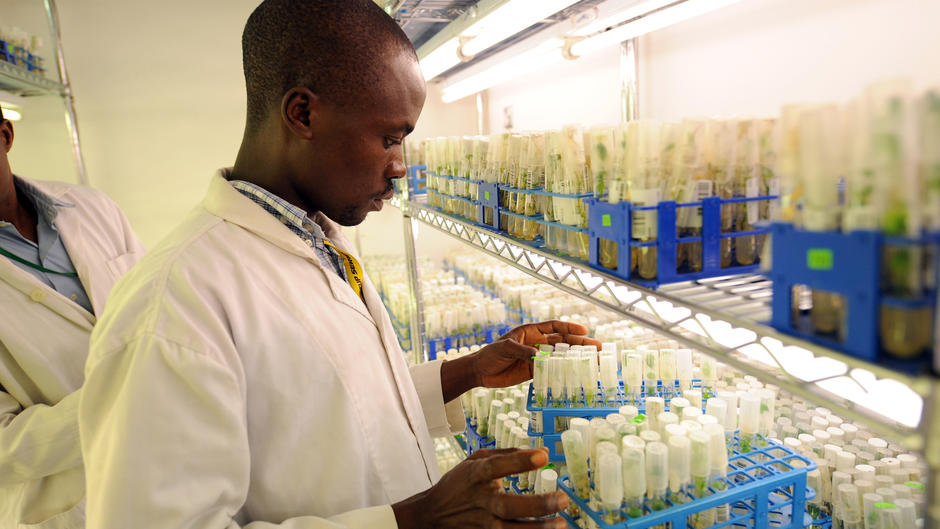
11. Rapid Technological Development
The training of scientists and technicians capable of addressing the often related issues of energy, water and food is also a prerequisite for African development. African land is highly coveted by foreign countries, especially China, for the production of food crops and biofuels. This laboratory in Ibadan, Oyo State, Nigeria is working on developing new varieties of cassava.
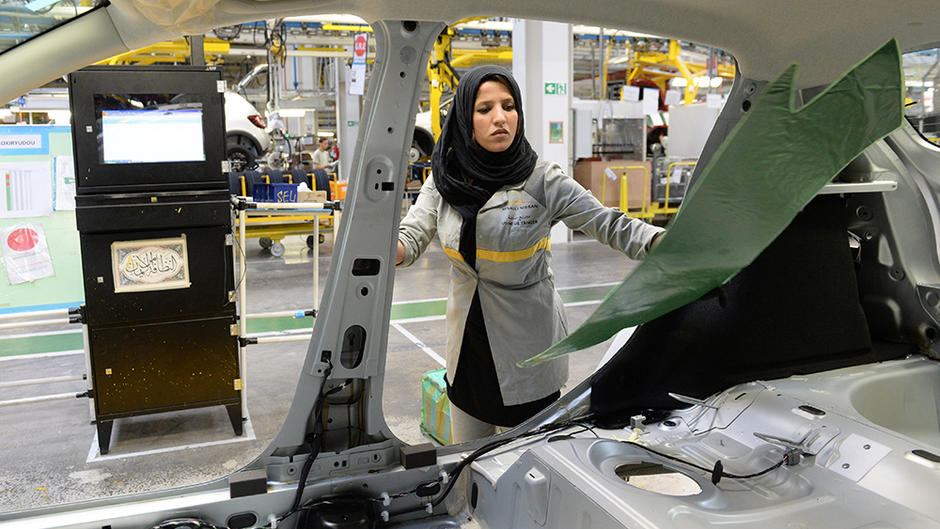
12. The Emerging Market of Tomorrow
The African car market has yet to take off. In 2014, less than 1.7 million new vehicles were sold in Africa, or just 2% of the global market. On average, Africa's vehicle density per 1,000 inhabitants is 43, compared to 565 in Europe. Nevertheless, the motorization rate grew by 27% from 2005 to 2013, or six points more than the world average. Pictured here, an employee of the Renault plant in Melloussa, near the Moroccan city of Tangier.
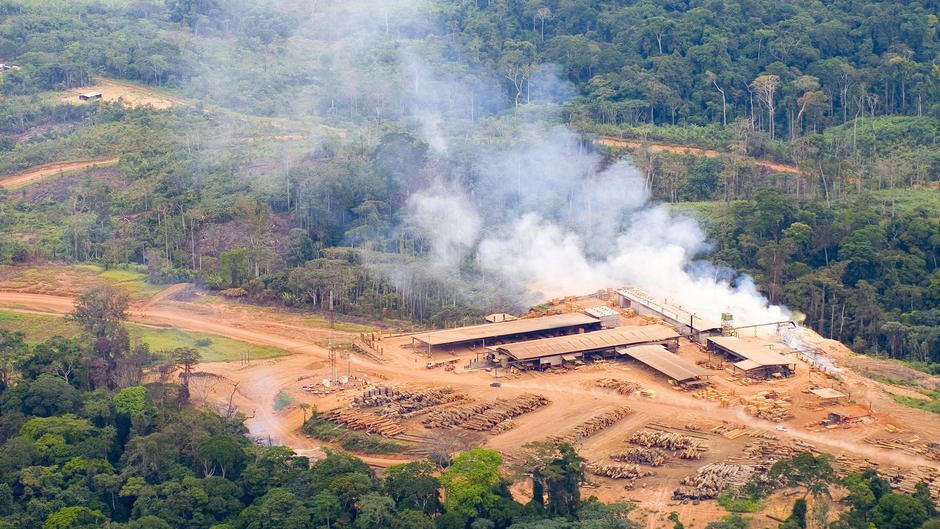
13. Forests – A natural Carbon Sink
Large tropical and equatorial forests play an important role in removing carbon from the atmosphere. Because they are often threatened by slash-and-burn agriculture, sustainable forest management has become a global concern. This photo shows a large forest concession located 500 kilometers east of Libreville in Gabon.
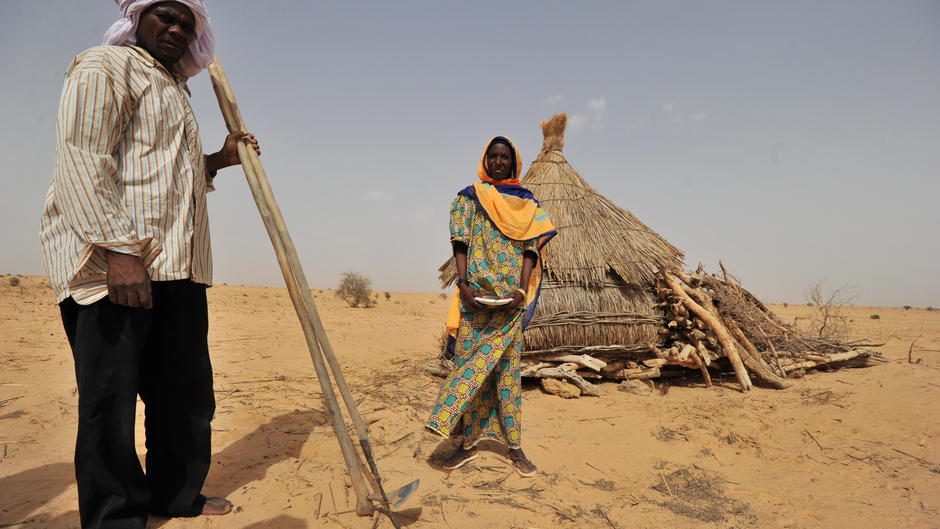
14. Africa and Climate Change
poses a threat to the entire Sahel region, already subject to recurrent droughts that destroy harvests. This photo shows a Nigerien farmer and his wife working in a parched field on their small farm near Tanout in the Zinder region. According to the U.N. World Food Program, 10% of Nigerien children under five suffer from acute malnutrition.
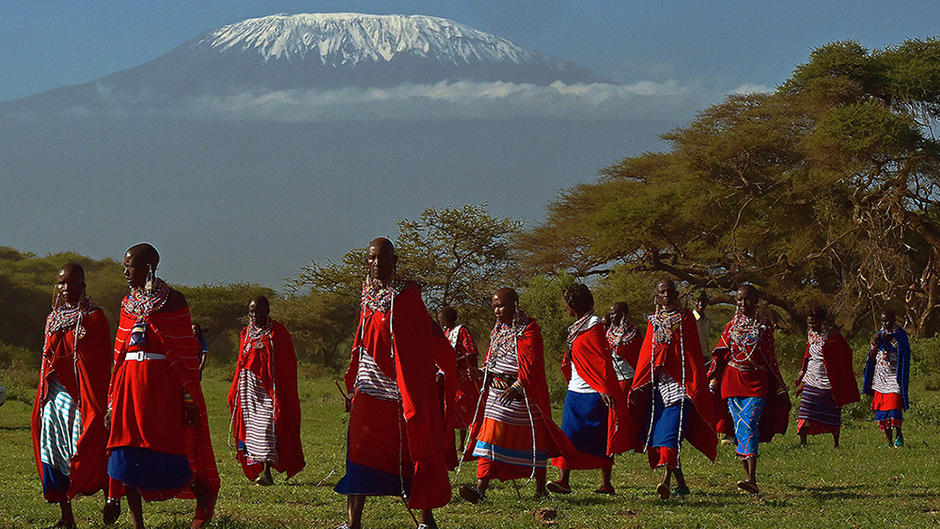
15. The Snows of Kilimanjaro
The gradual melting of the Kilimanjaro ice cap has come to symbolize global warming, even though the phenomenon is probably the result of other factors as well, including the desertification of the continent begun more than a century ago. This photo shows Maasai women walking through a valley at the foot of Mount Kilimanjaro during a traditional festival.
 This may interest you
This may interest you
See all
